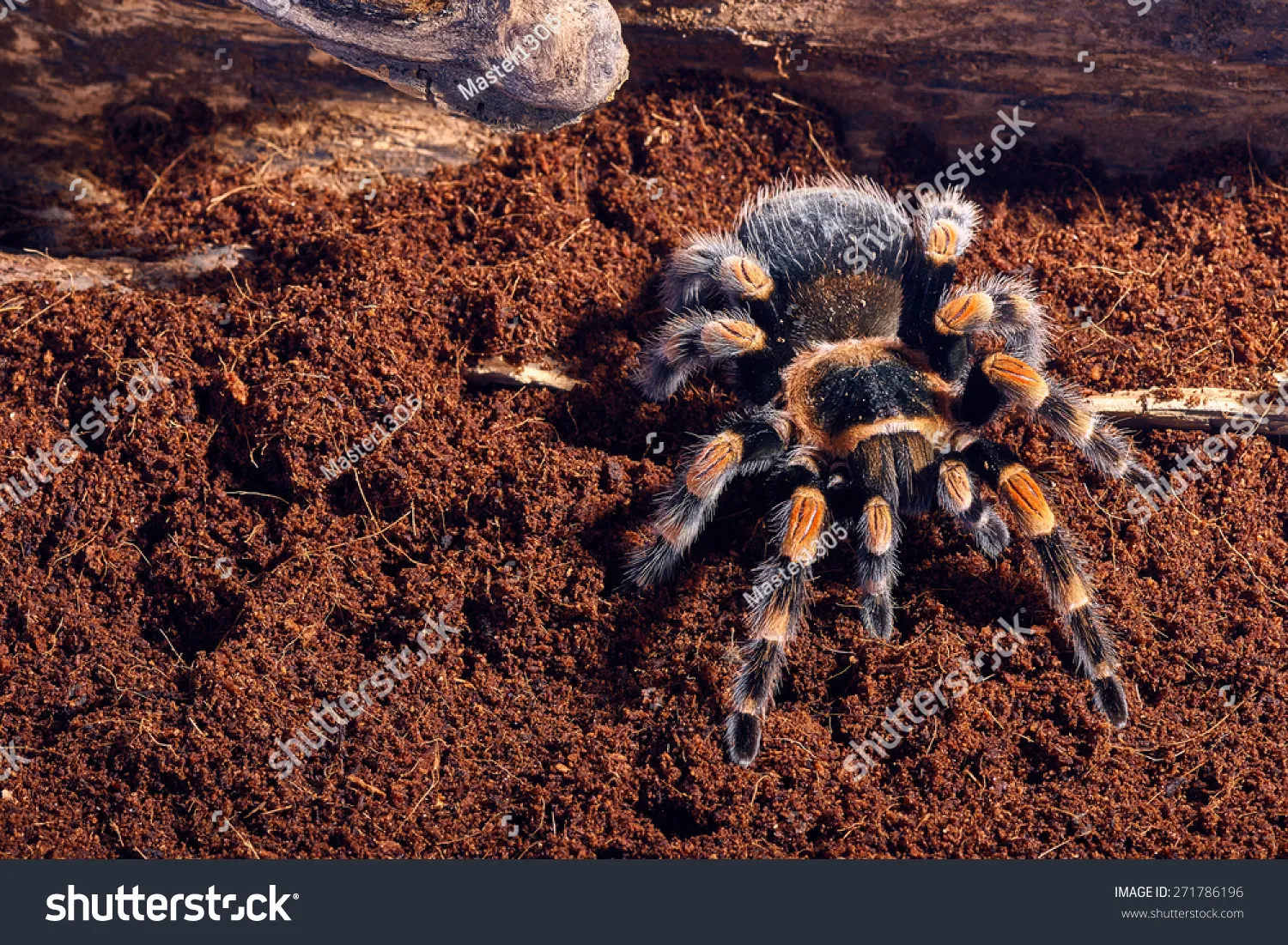The Mexican Red Knee Tarantula (Brachypelma hamorii) is a popular pet for spider enthusiasts, known for its striking coloration and relatively docile temperament. Understanding its growth rate is crucial for proper care, ensuring the tarantula thrives throughout its life. This article provides five key facts about the growth rate of the Mexican Red Knee Tarantula, providing valuable insights for all keepers, from beginners to seasoned hobbyists. Proper care of your Mexican Red Knee Tarantula depends on understanding its growth stages, which impacts enclosure size, feeding frequency, and overall well-being. Learning about these factors will help you provide the best possible environment for your tarantula, increasing its lifespan and promoting its health.
Mexican Red Knee Tarantula Growth Rate Fact 1
The growth rate of a Mexican Red Knee Tarantula varies considerably, influenced by several environmental and biological factors. Generally, these tarantulas are slow growers, particularly in comparison to other spider species. Spiderlings, the young tarantulas, tend to grow faster than juveniles and adults. The entire process, from a tiny spiderling to a fully mature adult, can take several years, sometimes up to a decade or more for females. However, there is not a fixed rate of growth, as it depends on specific care given. Therefore, it is important to understand the elements which impact growth for a healthy tarantula.
Factors Influencing Growth
Feeding Habits and Growth
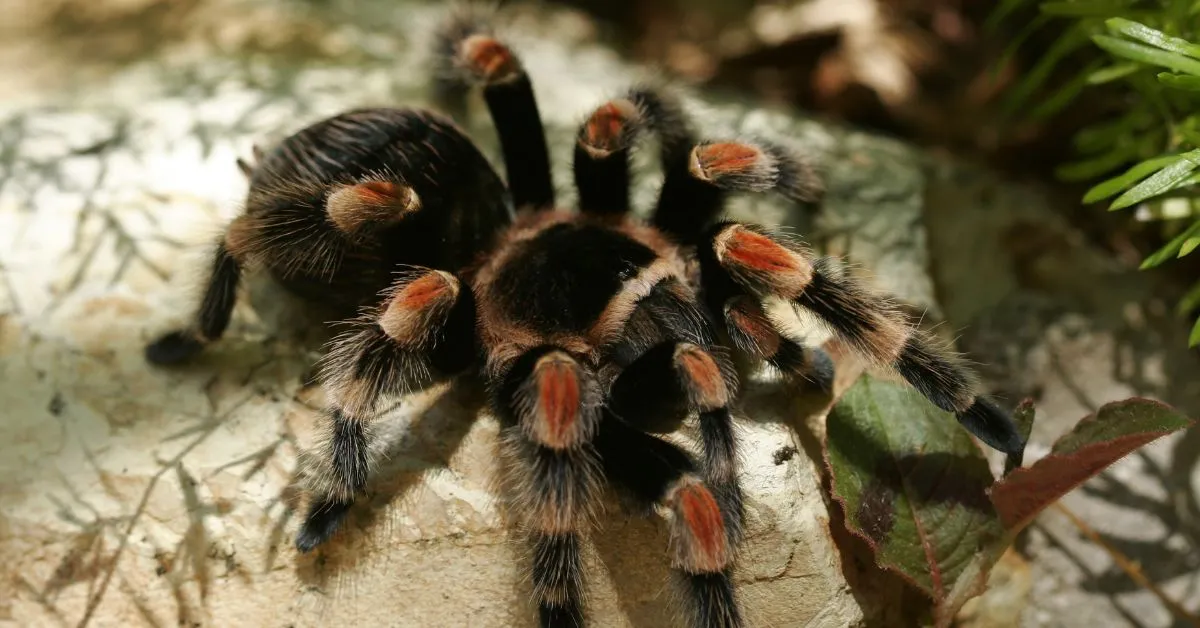
Feeding is one of the most critical factors. A well-fed tarantula will grow at a faster rate than one that is underfed. Spiderlings and juveniles require more frequent feedings, usually 2-3 times a week, while adults can be fed once a week or even less frequently. The size of the prey is also significant; it should be appropriate for the tarantula’s size to ensure it can eat it without difficulty. Crickets, roaches, and mealworms are common food sources, but the nutritional value of the food is crucial. A varied diet will help the tarantula to get a better amount of all essential nutrients for growth. Consider also the size of the meal, because overfeeding can lead to other health issues.
Temperature and Humidity
Temperature and humidity play a vital role in a Mexican Red Knee Tarantula’s growth. These tarantulas thrive in a warm and humid environment, similar to their natural habitat. The ideal temperature range is between 75-85°F (24-29°C). Maintaining the right temperature can increase metabolism and speed up growth. Humidity is just as important, ideally between 60-70%. High humidity is critical for molting as it helps the exoskeleton to soften. A dry environment can lead to molting problems, which can stunt growth. Using a hygrometer to monitor humidity and a heat source (like a heat mat or a ceramic heat emitter) to control the temperature are necessary to create the ideal enclosure for your tarantula.
Mexican Red Knee Tarantula Growth Rate Fact 2
Molting is a natural process where the tarantula sheds its exoskeleton to grow. This process is essential for their development. During molting, the tarantula creates a new, larger exoskeleton beneath its old one. The frequency of molting decreases as the tarantula ages. Young tarantulas molt more frequently than adults, as they grow at a faster pace. The molting process can be a vulnerable time for the tarantula, so it’s essential to provide a secure environment and avoid disturbances during this period. It is important to understand the molting process since problems can significantly impact the growth and even the overall health of the tarantula.
Molting Process and Growth
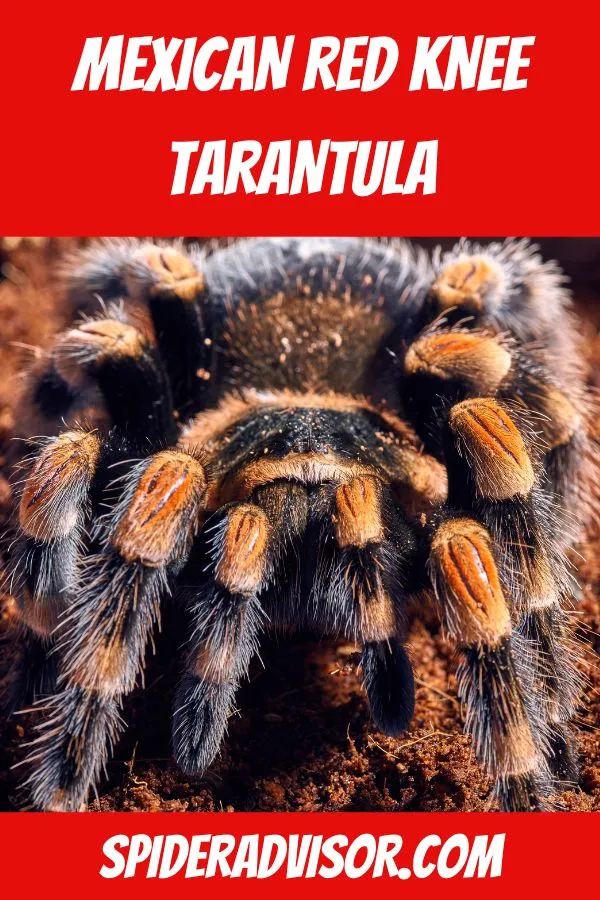
Frequency of Molting
Spiderlings may molt every month or two, depending on feeding and environmental conditions. Juvenile tarantulas molt less frequently, perhaps every 6-12 months. Adult tarantulas molt even less often, sometimes only once a year or even less. The frequency of molting directly correlates with growth rate. The more often a tarantula molts, the faster it is growing. Keeping track of molts helps to understand the growth cycle of your tarantula. The shed exoskeleton provides insights into the tarantula’s size and overall health.
Post-Molting Growth
After molting, the tarantula’s new exoskeleton is initially soft. The tarantula is very vulnerable during this time. The tarantula will often refuse food for a few days while it hardens. During the hardening process, the tarantula’s body expands to its new size. Providing ample food after the exoskeleton hardens supports rapid growth. After a molt, the tarantula may appear significantly larger and more colorful, showing the benefits of the molting process. It’s crucial not to disturb a tarantula during or immediately after molting, as this can be stressful and potentially harmful. This is a period of rapid growth, so the provision of a stable and safe environment is paramount.
Mexican Red Knee Tarantula Growth Rate Fact 3
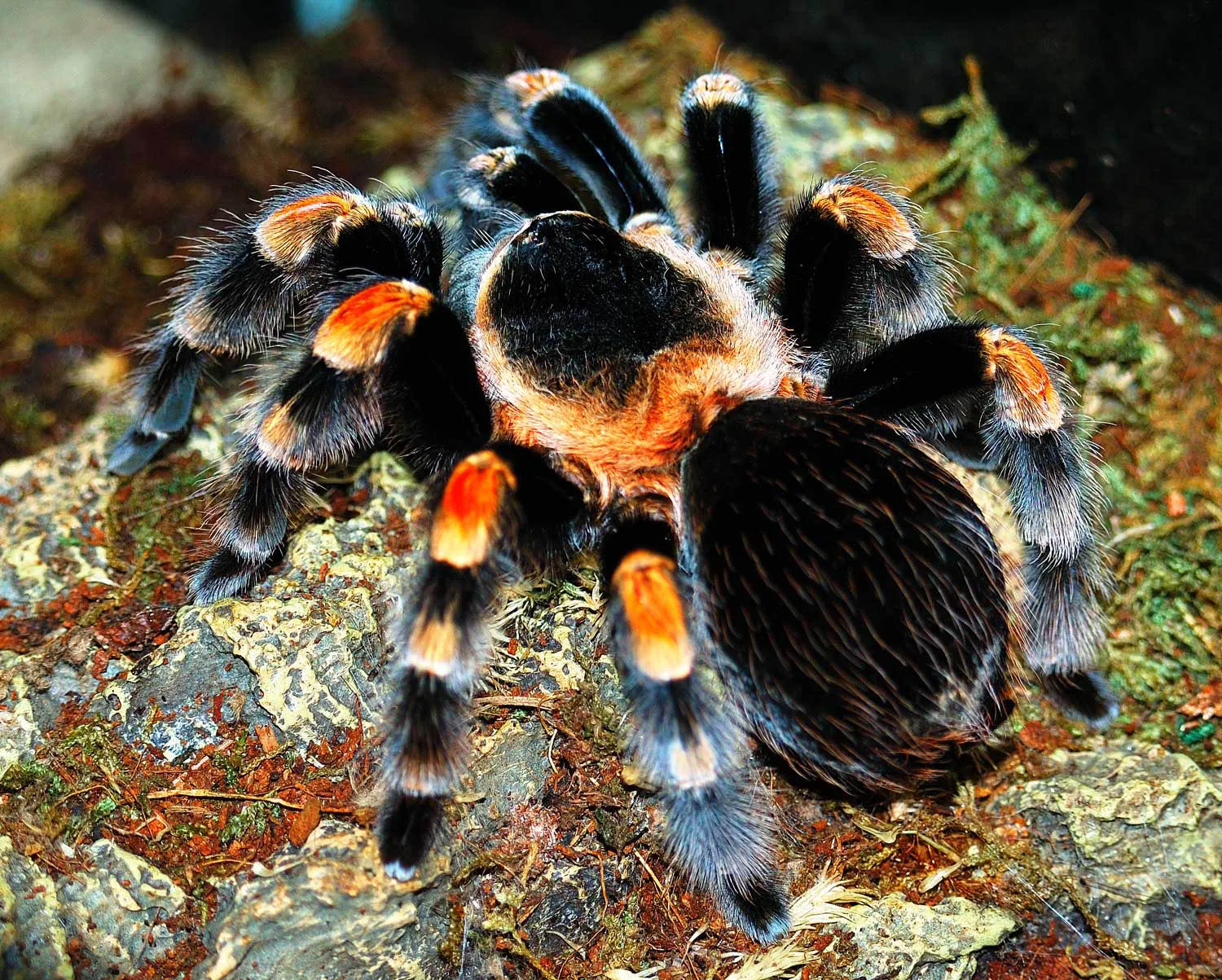
The growth of a Mexican Red Knee Tarantula can be generally divided into distinct stages, each with its own characteristics. Understanding these stages will assist in providing the appropriate care and ensuring healthy development. Each stage is characterized by different growth rates, molting frequencies, and behavioral patterns. The tarantula’s needs change as it progresses through these stages, influencing aspects like enclosure size, feeding habits, and handling practices. The more a keeper knows about these stages, the better he can take care of the spider.
Stages of Growth
Spiderling Stage
Spiderlings are the youngest stage, typically measuring less than an inch in leg span. They are fragile and molt frequently, often every few weeks. They require small enclosures, high humidity, and regular feedings of small insects like fruit flies or pinhead crickets. Their rapid growth rate is indicative of this phase. Keeping the enclosure small and providing a moist substrate is crucial for the well-being of the spiderlings. This stage sets the foundation for the tarantula’s future health and development.
Juvenile Stage
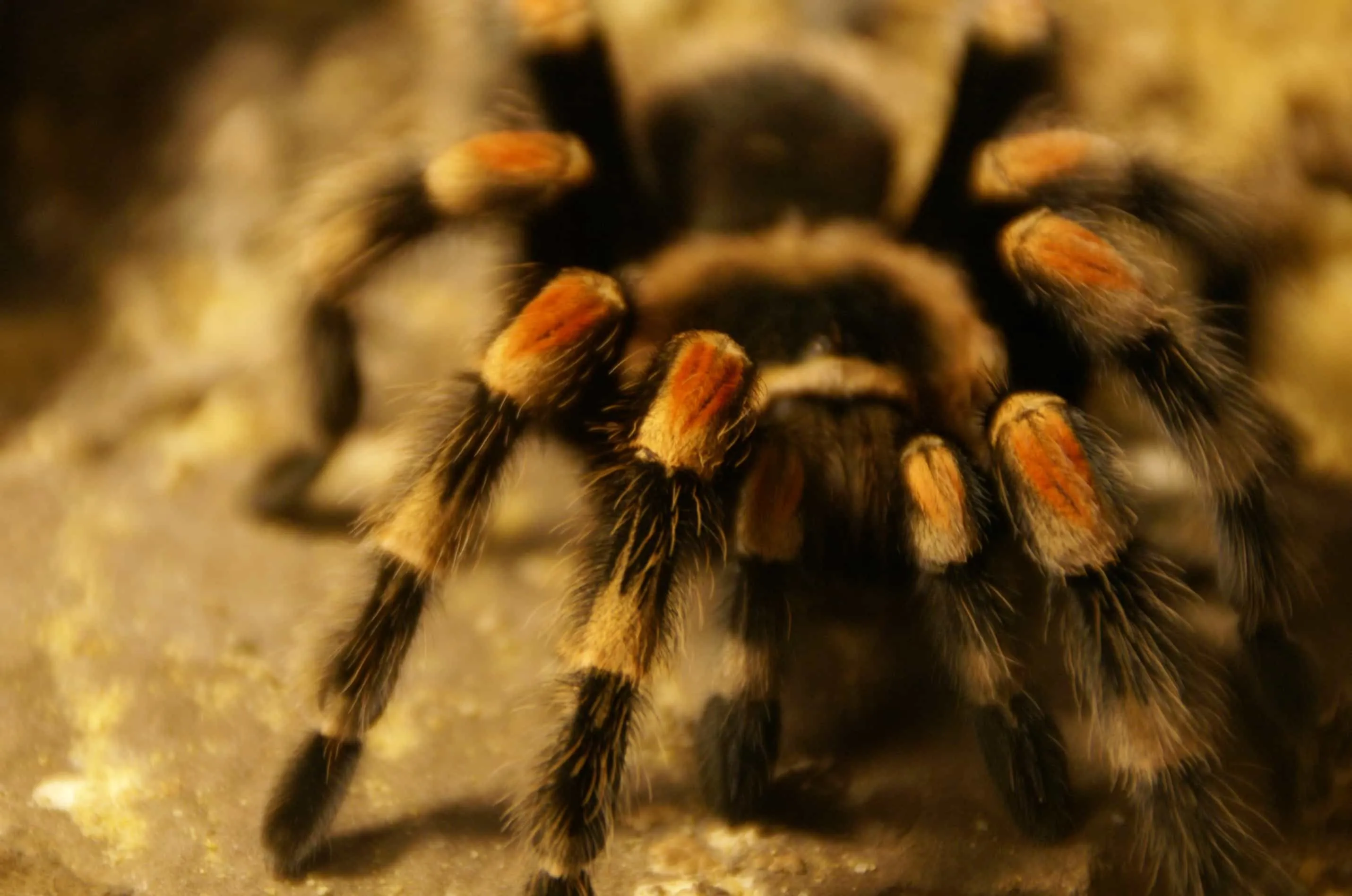
As the tarantula grows, it enters the juvenile stage, which can last for several years. During this stage, the tarantula molts less frequently, perhaps every 6-12 months, and its size increases significantly. The juvenile phase is marked by the development of adult coloration and behaviors. It is crucial to upgrade the enclosure size as the tarantula grows. The tarantula’s appetite will increase during this period. It can be fed larger prey items like crickets or roaches. Providing a variety of food items will help the spider to develop the best overall health possible.
Adult Stage
The adult stage is reached when the tarantula has its final molt, and its reproductive organs are fully developed. Females will continue to molt occasionally, while males usually stop molting after their final molt. Adult Mexican Red Knee Tarantulas can reach leg spans of up to 6 inches. This is the longest stage of their life. It’s crucial to maintain a stable environment and feeding schedule. At this stage, the tarantula’s growth slows considerably. Proper care, including maintaining the right temperature and humidity, ensures a long and healthy life. Females can live for 20 years or more, while males generally have a shorter lifespan.
Mexican Red Knee Tarantula Growth Rate Fact 4
The sex of the tarantula significantly impacts its growth rate and lifespan. Understanding the differences between male and female tarantulas is important for proper care and expectations. There are considerable differences in growth, maturity, and lifespan. These factors influence how a keeper approaches the care of the tarantula. The most significant difference lies in the timing of maturity and the subsequent impact on the tarantula’s life.
Sex and Growth Rate
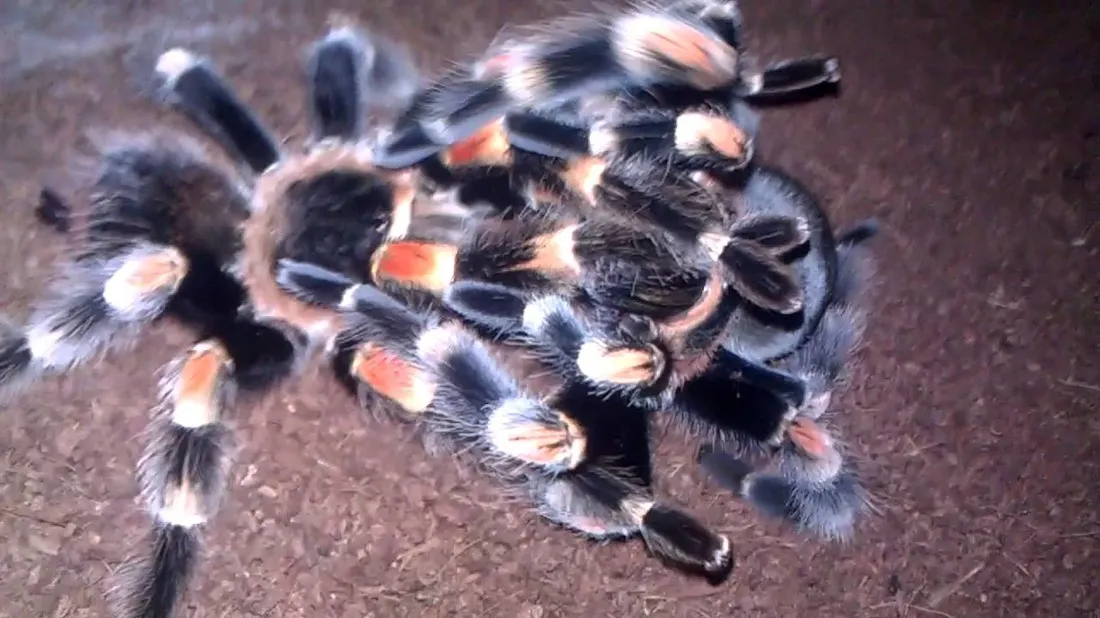
Male vs. Female
Female Mexican Red Knee Tarantulas typically grow slower than males but have a much longer lifespan, often living for 20 years or more. They reach a larger size and molt more frequently. Male tarantulas tend to mature faster, often reaching their adult size in 2-4 years. After their final molt, males develop a pair of mating hooks on their pedipalps and are primarily focused on finding a mate. This process results in a shorter lifespan; they may live only a few years after reaching maturity. The growth rate difference is noticeable, with males reaching their adult size more quickly.
Lifespan and Growth
Due to their shorter lifespan, male tarantulas have a shorter period of growth compared to females. Females continue to grow and molt for many years. This longer period of development contributes to their larger size and longer lifespan. Providing the right conditions, particularly during the crucial molting periods, is essential for both sexes. The difference in growth rates and lifespan underscores the importance of sexing your tarantula. This knowledge will help a keeper to adapt care and be aware of the expected life cycle of the pet.
Mexican Red Knee Tarantula Growth Rate Fact 5
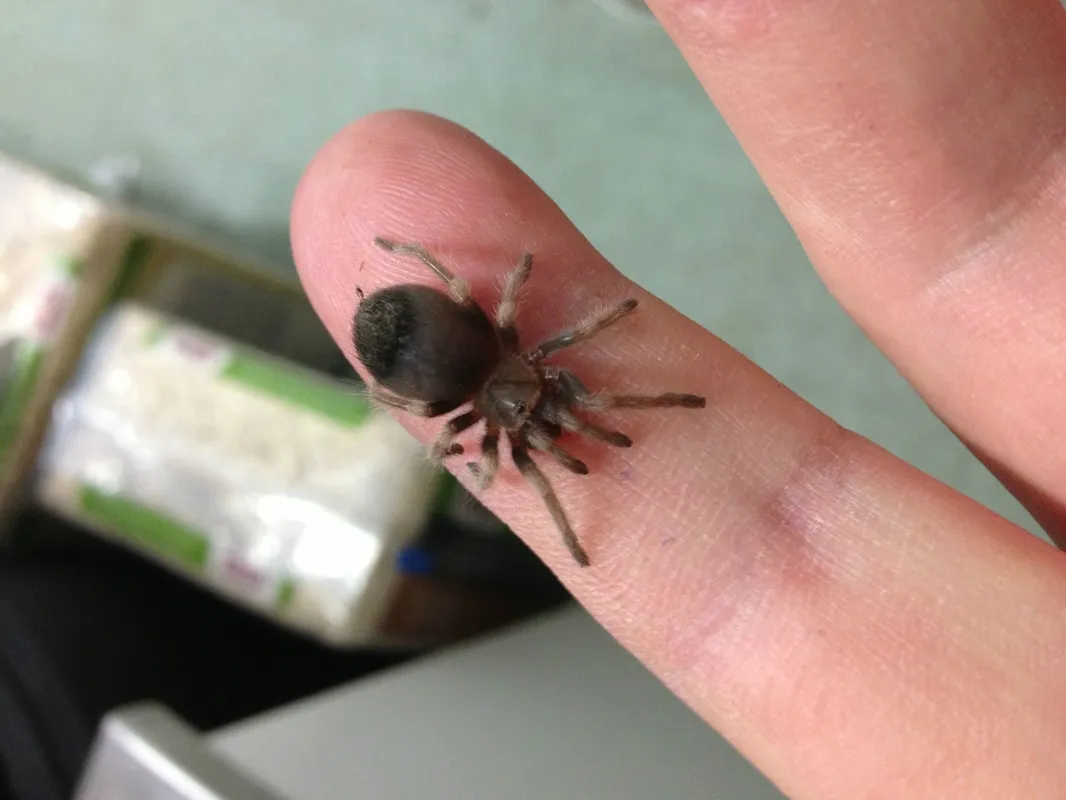
Monitoring and tracking the growth of your Mexican Red Knee Tarantula is vital for ensuring it’s healthy and thriving. This involves observing its behavior, measuring its size, and analyzing shed exoskeletons. Keeping records and making regular observations allows for early detection of any issues, allowing owners to adjust their care accordingly. Understanding your tarantula’s growth pattern is critical for detecting any possible issues, such as health issues or issues in its enclosure.
How to Monitor and Track Growth
Measuring Growth
You can measure your tarantula’s size by measuring the leg span, which is the distance between the tips of the front and back legs on one side of the body. This is best done when the tarantula is out in the open. Taking these measurements regularly will allow you to track its growth over time. These measurements can be recorded in a journal or log, and the data collected will provide a useful reference for determining whether the tarantula’s growth is normal. This record-keeping process is also useful for identifying any potential problems.
Shed Exoskeleton Analysis
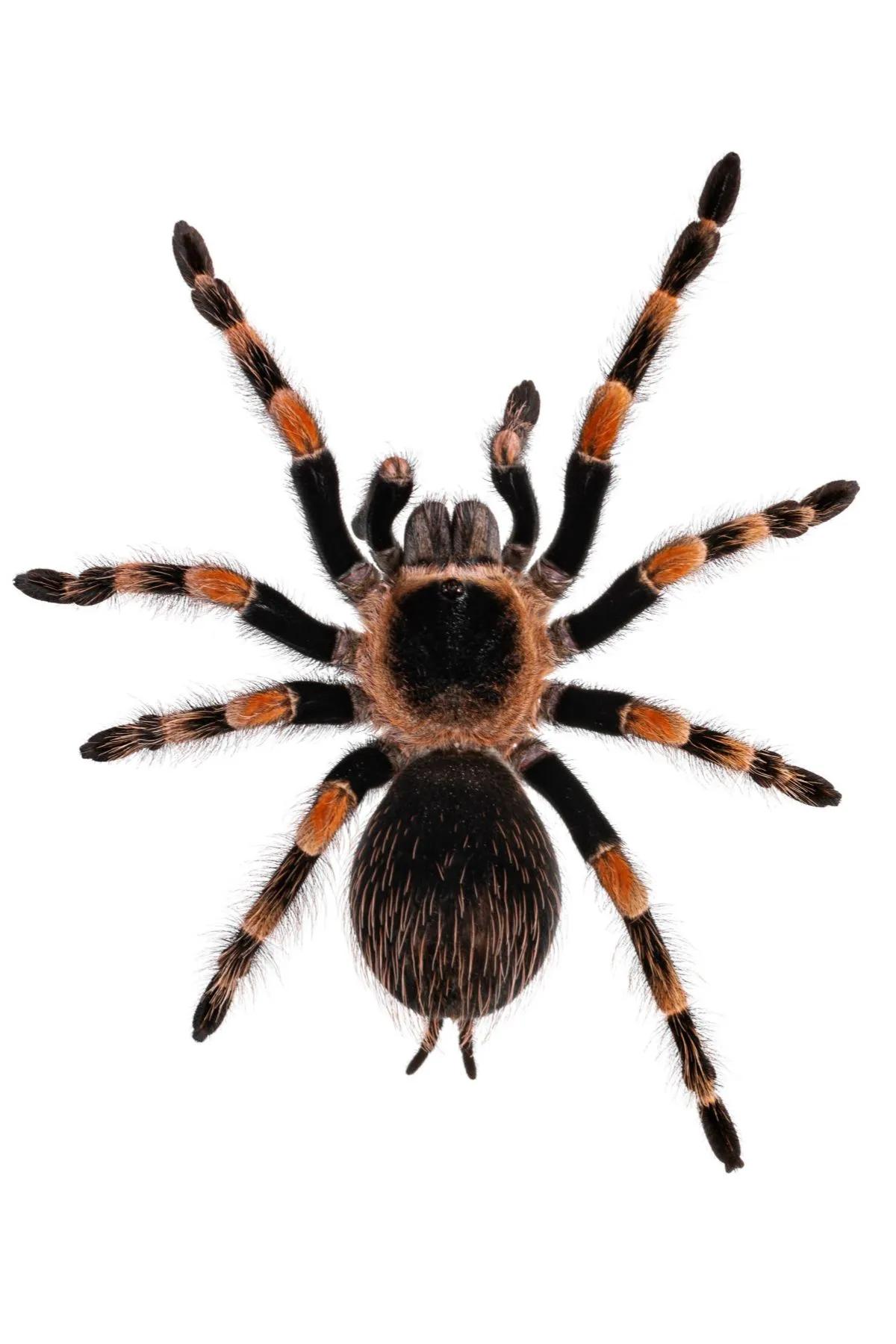
Examining the shed exoskeleton after a molt gives insight into the tarantula’s health and growth. The size of the shed exoskeleton indicates how much the tarantula has grown. The shed exoskeleton also provides information about the sex of the tarantula. By carefully inspecting the inside of the exoskeleton, you can identify the presence of spermathecae in females, the structures that store sperm. This method provides clear, tangible evidence of the growth process and offers valuable clues about the overall health of the tarantula. Comparing the size of successive exoskeletons offers clear proof of healthy growth and development.
In conclusion, understanding the growth rate of a Mexican Red Knee Tarantula is fundamental to responsible pet ownership. By considering factors like feeding, temperature, humidity, and the molting process, and by tracking the tarantula’s development, keepers can ensure their tarantula’s well-being. The information provided should help tarantula owners to create a suitable environment, promote healthy growth, and enjoy the rewarding experience of caring for these fascinating creatures. By implementing these five key facts, owners can provide the best care for their Mexican Red Knee Tarantulas, leading to a long and healthy life. Happy keeping!
